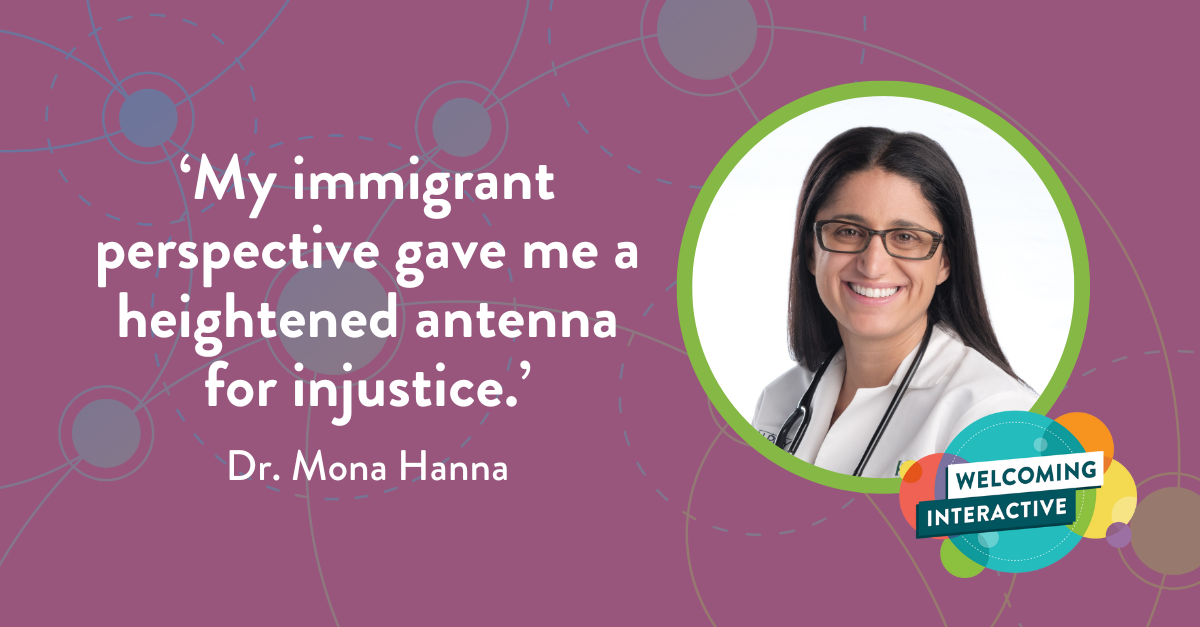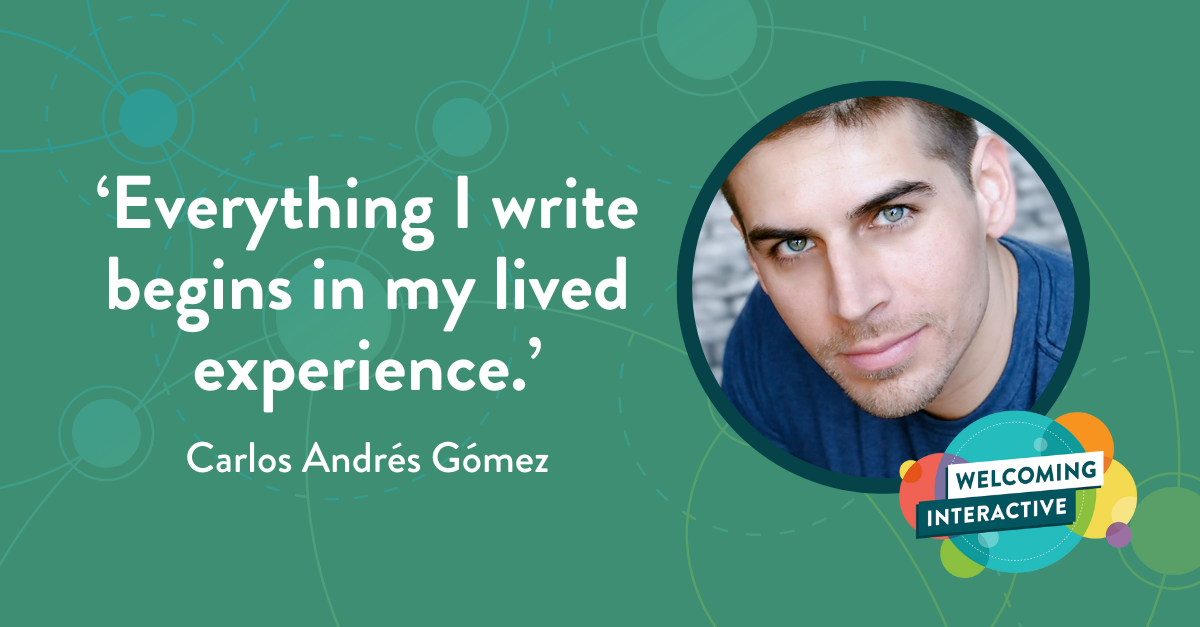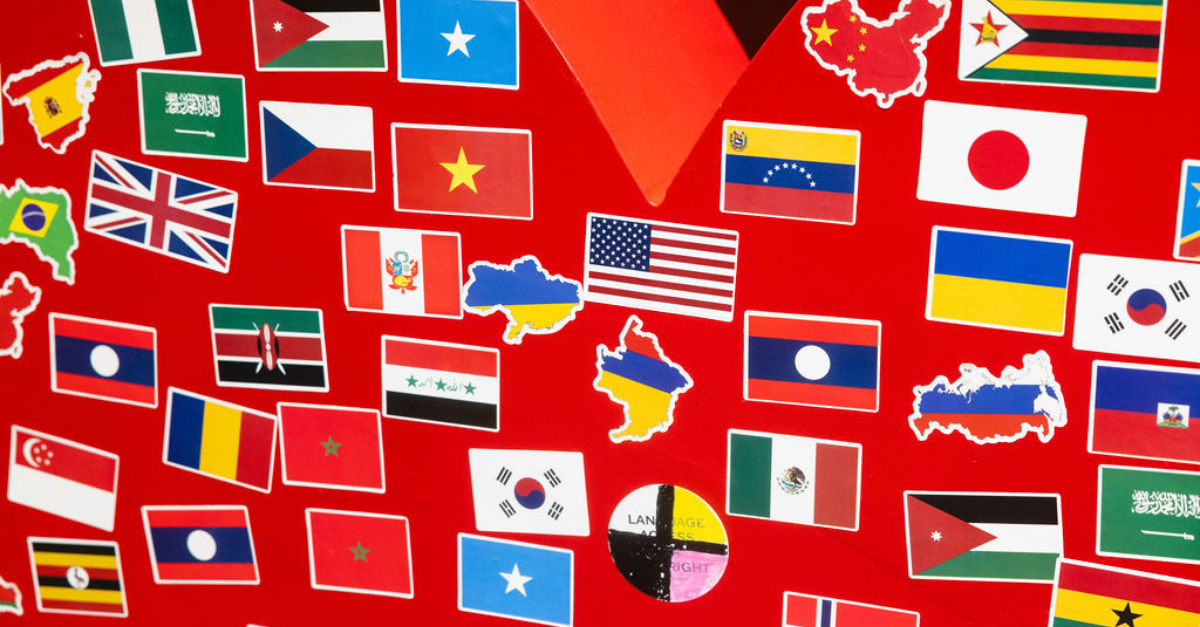Yes, welcoming is hard, but not impossible: a response to the crisis narrative of the migrant situation in the U.S.
When someone chooses to make our community home, flattery — not indignation — should be our response. If they, like my own family, have traveled thousands of miles, fled an oppressive regime, and want to work so they can feed their family, consider yourself doubly flattered, because it means you’ve done great work creating a humming economy and a culture where people know they might have a shot at belonging.
Unfortunately, this has not been the prevailing message in national media when it comes to the arrival of large numbers of people arriving in major metro areas: case in point is a recent Washington Post article on January 11 (subscription required) on the so-called migrant crisis in Denver, which leans into the tired and cliched narrative of migrants and asylum seekers as nothing more than societal burdens, rather than community assets.
In the very same places where migrants are headed the prevailing message from businesses is “Help Wanted;” when people answer the call, that is success, not failure. When those people happen to be of a multitude of races, creeds, and origins, remember — and even celebrate — that their dignity and humanity is the same, at least according to our nation’s founding documents and the stated values of most Americans today.
Yes, it is challenging when people first arrive, and all the more so when many arrive at the same time, and when housing is scarce. The fact is, we’re going to face that challenge more and more — climate change and ongoing global conflict will force us to. The sooner we confront that truth and invest now to build communities where new people can put down roots and belong, the better equipped we’ll be to capitalize on their contributions and participation as neighbors.
There’s a solution for that, called Welcoming Infrastructure, and with more investment, communities can be better equipped with capacity to meet this challenge. Just as we shore up our physical infrastructure for resilience, we can also reinforce our social infrastructure. For example, the federal government could provide grants to localities, not only to respond to crisis but to build the long-term infrastructure to mitigate its impact and reap the benefits of newcomer contributions over the long term.
Unfortunately, what we’re seeing is a race to the bottom, stoked by fear. By echoing the narrative that people with migrant backgrounds are a burden, and by focusing our immigration conversation on borders rather than communities, we’re reinforcing the very talking point that nativists want America to hear: immigration is chaotic, threatening, and overwhelming.
This is straight out of a long-running playbook that deliberately portrays migrating people — be they “Okies’” fleeing the Great Depression; those fleeing the Jim Crow south of the Great Migration; native Americans displaced from their lands through genocide; or successive generations of immigrants — as the “other,” scapegoated by tropes of the very poverty and oppression they were forced to flee. For an example with echoes of the modern day busing of asylum seekers, look to the Reverse Freedom Rides for a striking reminder of how these narratives are deliberately built — and also how they can be disrupted — through a welcoming response that also must be sustained through a commitment to addressing systemic racism.
Repeating the narrative of chaos, threat, and overwhelm is a recipe for failure. It guarantees that the public will continue to swim in these dangerous tropes, and sour on the very policy solutions that will give people the legal status they need so that their work is matched with benefits — the very benefits that make sure that the upfront costs of housing, health, and education are borne by the federal government rather than by cash strapped localities.
Step back from the individuals — Afghans, Ukrainians, Venezuelans, and generations who arrived before — and we can confront the bigger question, the one we must definitely answer today. Do we want to be a nation in which millions of our neighbors continue to live as second class citizens? In the words of Dr. King, “All we say to America is, ‘Be true to what you said on paper.’”
On paper, our values proclaim us to be a nation that strives toward the equality of all people — let us embrace that belief in how we view those newly arriving, for our dignity is bound up together.
No one pretends building welcoming communities is easy, simple or without challenge or compromise. But let us remind ourselves of just what makes our communities and our country great: people, pluralism, the economic potential, and innovation found in diversity, and a multiracial democracy based on the promise of equality.




